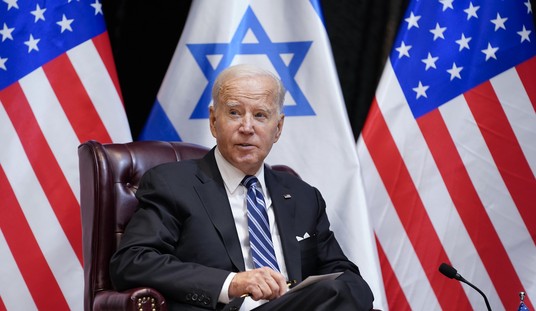With breaking news of a U.S. Navy SEAL team successfully rescuing two hostages from pirates in Somalia, military pundits are quick to note how the deployment of small, elite units will fit in with President Barack Obama’s vision for modernizing the U.S. military. Yet, while small, elite units are indeed crucial to the modern military, so too is a balance of force structures, doctrines, and technologies appropriate to a variety of challenges. At the strategic level, preparing for 21st-century threats means thinking holistically on a global scale.
First, we must define the threats. China and Russia present the greatest long-range threat to U.S. national security interests. More immediately, the threat issues from a nuclear-armed Iran, especially if Tehran’s alliances extend beyond Syria to North Korea, Venezuela and—not unthinkably at some point—a drug-cartel dominated Mexico. At another level, insurgencies and civil wars in Africa and South America are likely to continue. Additionally, threats from international terrorism, in some cases allied with the four rogue states cited above and, possibly, criminal cartels, enlarges the threat profile.
With the withdrawal of U.S. forces from Iraq and the current winding down of our presence in Afghanistan, . While the Navy and Air Force have formulated an air-sea concept for meeting future threats from major powers or would-be regional hegemons like Iran, the Army struggles with how to recapture the conventional war-fighting concepts and skills lost or, at the least, degraded during the last decade.
In a way, the present harkens back to the immediate aftermath of the Vietnam conflict when the predominant attitude was, “We ain’t doing that again.” Attention turned to more conventional forms of warfare attendant to stopping a Soviet attack at the Fulda Gap during the era of Air-Land Battle. The reality is, counterinsurgency, irregular warfare, and terrorism are not going away. U.S. national security strategy must, therefore, indulge in a delicate balance of priorities to meet a full range of threats, or we face total defeat at the high end of the spectrum on the one hand, or death by a thousand cuts through inappropriate organization, doctrine, and training at the lower end.
Recommended
China—and to a lesser extent Russia—and perhaps North Korea and Iran, demand a strategy built around force projection over long distances. That means investment in high tech (and high cost) systems like aircraft carriers, long-range submarines, and attack aircraft. The high cost of these systems, however, is a plus. Government spending on defense means good jobs for highly skilled workers that will stimulate the economy by boosting both production and service-industry jobs to employ the less skilled. The technological fallout from research on (needed) high-tech weapon systems will infuse new vitality into American leadership in a wide variety of fields from electronics to automotive engineering. In short, build more warships, submarines, and high-tech fighter planes like the F-22 and F-35, along with 20 to 40 more B-2s to replace the B-52s in our inventory. We should also look at the stealth bomber for the period beyond 2040.
The most likely scenarios involving the Army and Marine Corps will be in areas of global instability, most notably Africa. These can be met with special operations forces and with highly deployable brigades capable of unleashing overwhelming firepower on any potential threats to U.S. interests or to our allies. The role of the Reserve components will remain important should a conflict become more protracted, requiring a longer-term employment of ground forces. The added capabilities inherent in air power and precision strike from the air, space or sea will prove critical in diminishing the conventional capabilities of any mid-range threat that might result from an Iran or similar forces.
To be unprepared for threats ranging from pirates to major powers is a threat to our nation and its economic prosperity. The alternative will be protracted conflict coupled with increasing subservience to entities with the will to dominate.

























Join the conversation as a VIP Member